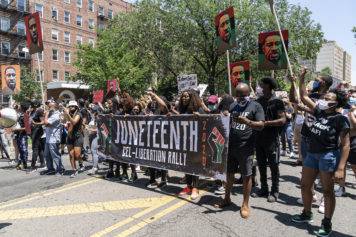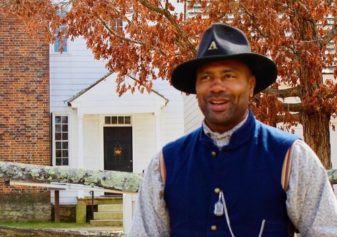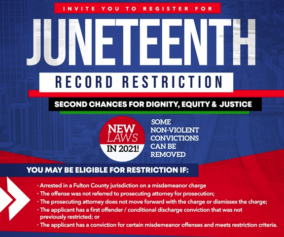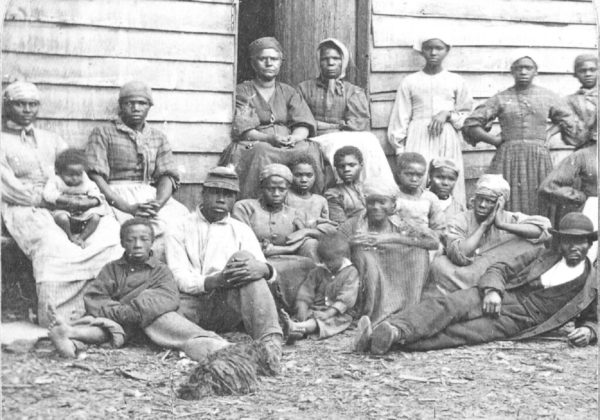
Juneteenth, which takes place on June 19, commemorates the emancipation of Black people and the end of slavery in the United States in 1865. Throughout the country, the descendants of formerly enslaved people celebrate Juneteenth in a variety of ways, such as parades, street fairs, cultural events, church services, festivals, historic reenactments, and cookouts. However there are six important tidbits of information about the holiday that you may not have known, but should.
Black People Were Not Free Until Two Months (or Years) After the Fact
Although Abraham Lincoln’s Emancipation Proclamation was effective on January 1, 1863, it did not “free” the enslaved Black people who remained under the control of the Confederate states. Confederate General Robert E. Lee surrendered to the Union Army in April 1865 and the Civil War was over. However, Black people in Texas were not informed of their liberation until June 19 when Union Major-General Gordon Granger arrived in Galveston, Texas and read General Orders No. 3, which stated: “The people of Texas are informed that, in accordance with a proclamation from the Executive of the United States, all slaves are free. This involves an absolute equality of personal rights and rights of property between former masters and slaves, and the connection heretofore existing between them becomes that between employer and hired labor. The freedmen are advised to remain quietly at their present homes and work for wages. They are informed that they will not be allowed to collect at military posts and that they will not be supported in idleness either there or elsewhere.” There were 4 million enslaved people in America, and 250,000 in Texas, over 30 percent of the state population.
Juneteenth Is a Real Holiday, and Isn’t Only About Texas
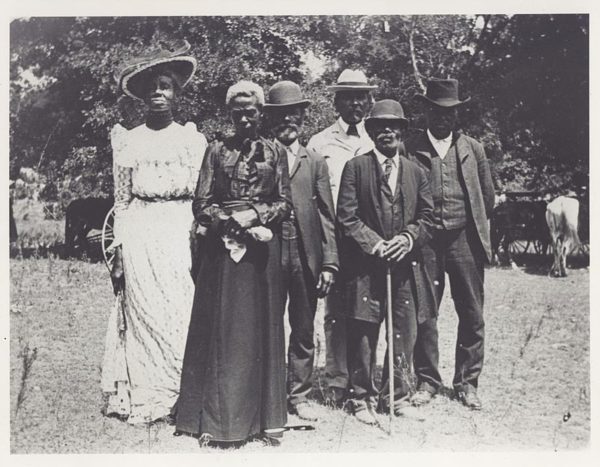
Known also as Freedom Day and Emancipation Day, Juneteenth is a combination of “June” and “Nineteenth.” As Black Texans migrated, the day of commemoration had spread from Texas to the states of Alabama, Arkansas, California, Florida, Louisiana and Oklahoma. Texas was the first state to declare Juneteenth a state holiday in 1979. Today, 46 states and the District of Columbia observe Juneteenth or recognize it as a state holiday. Two of the largest Juneteenth celebrations are held in Milwaukee and Minneapolis, while cities such as Philadelphia, one of the important locations of the Underground Railroad, also hold festivities to mark the end of slavery.
Black People In Mexico Celebrate Juneteenth
In the mid-19th century, thousands of enslaved Black people fled their oppressors in the U.S. and escaped to freedom in the desert of Northern Mexico, similar to the Underground Railroad that led refugees to the Northern states and Canada. They are known as the Mascogos. Every year they celebrate Juneteenth and wear their traditional dress on that day. Vicente Guerrero, the second president of Mexico and a man of African descent whose ancestors had been enslaved, had abolished slavery in 1829. This move led to the secession of Texas from Mexico, which was led by slave masters.
Juneteenth Lost Popularity Before Witnessing A Resurgence
Juneteenth celebrations subsided during the era of Jim Crow segregation and the Great Depression, but witnessed a reawakening during the civil rights and Black Power movements. Juneteenth is a national rather than solely a Texas holiday due in part to an historic Juneteenth celebration that took place two months after the assassination of Martin Luther King. The decision by Coretta Scott King and longtime movement figure Ralph Abernathy to end the Poor People’s March early and hold a Juneteenth celebration on the Washington Mall helped to link the day with the larger civil rights struggle.
There is a Juneteenth Flag
Art designer L.J. Graf designed a Juneteenth flag with a red, white and blue color scheme to represent that the formerly enslaved and their descendants are Americans. A white star represents Texas, and a bursting star on the horizon represents freedom.
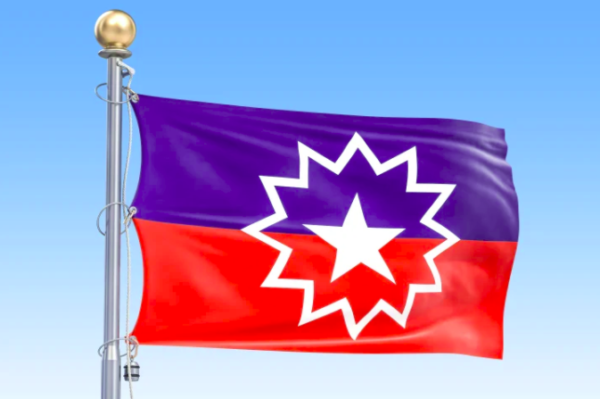
There Is An Effort To Make Juneteenth A Federal Holiday
Although Juneteenth is not a federal holiday, there are some people who are trying to change that. Organizations such as the National Juneteenth Observance Foundation and 92-year old Opal Lee of Fort Worth, Texas, who staged a symbolic walk from Fort Worth to Washington to bring attention to the significance of the holiday. As a senator, Barack Obama cosponsored legislation to make Juneteenth a federal holiday, which did not pass.
